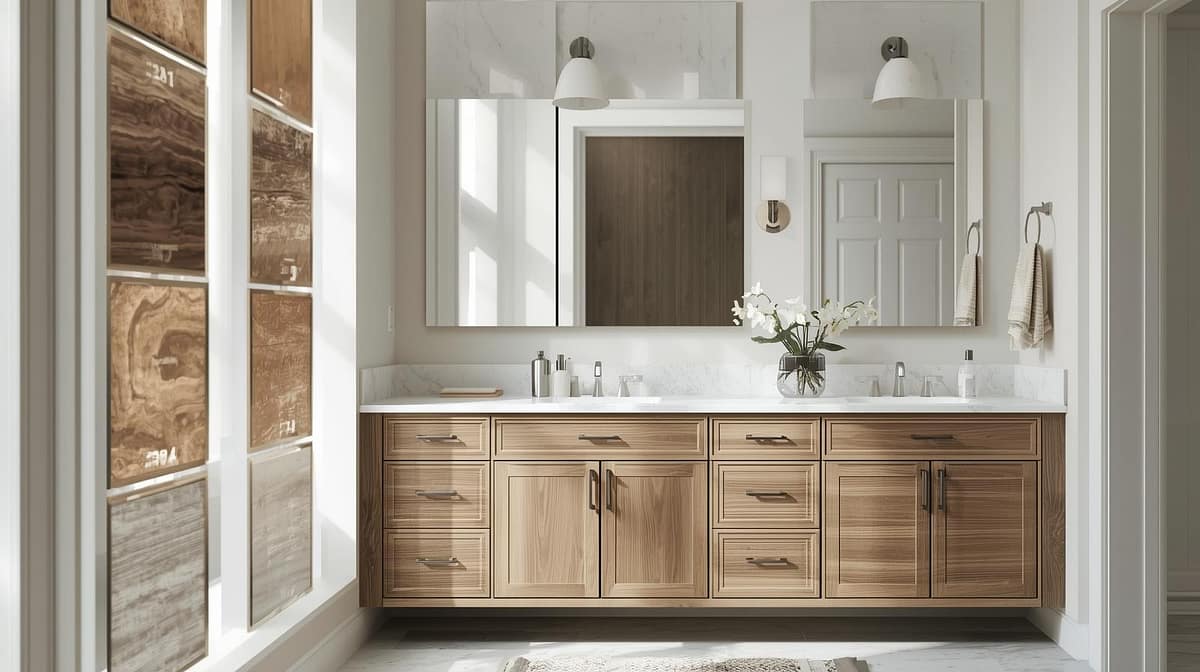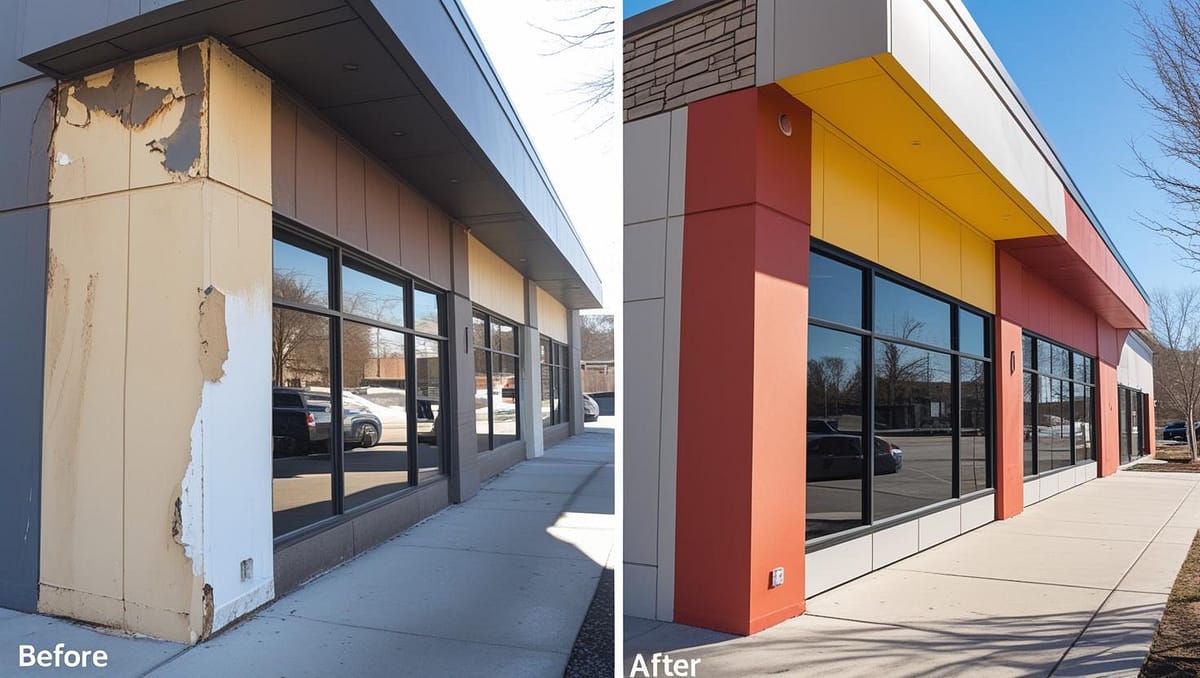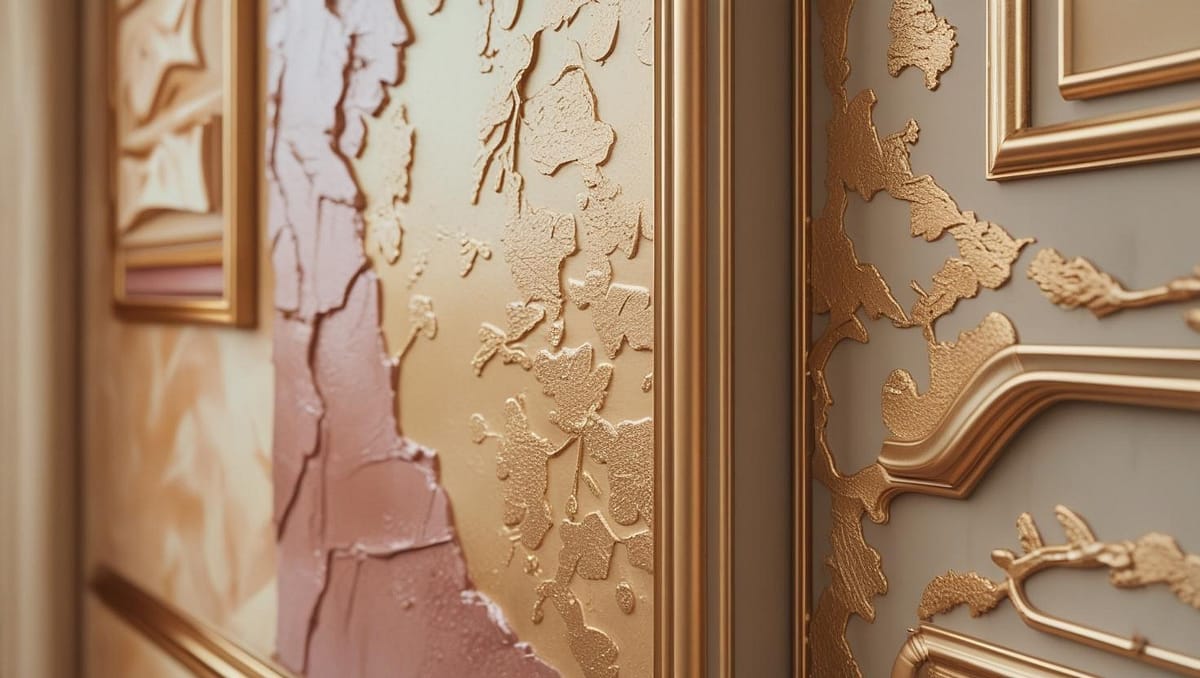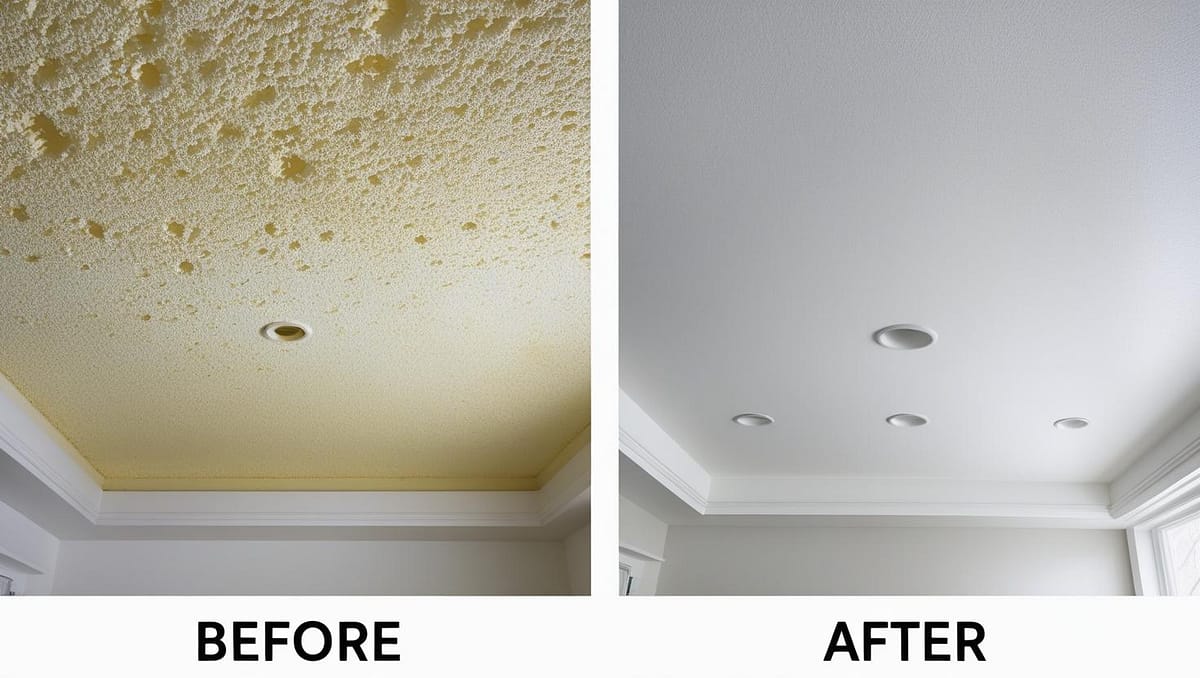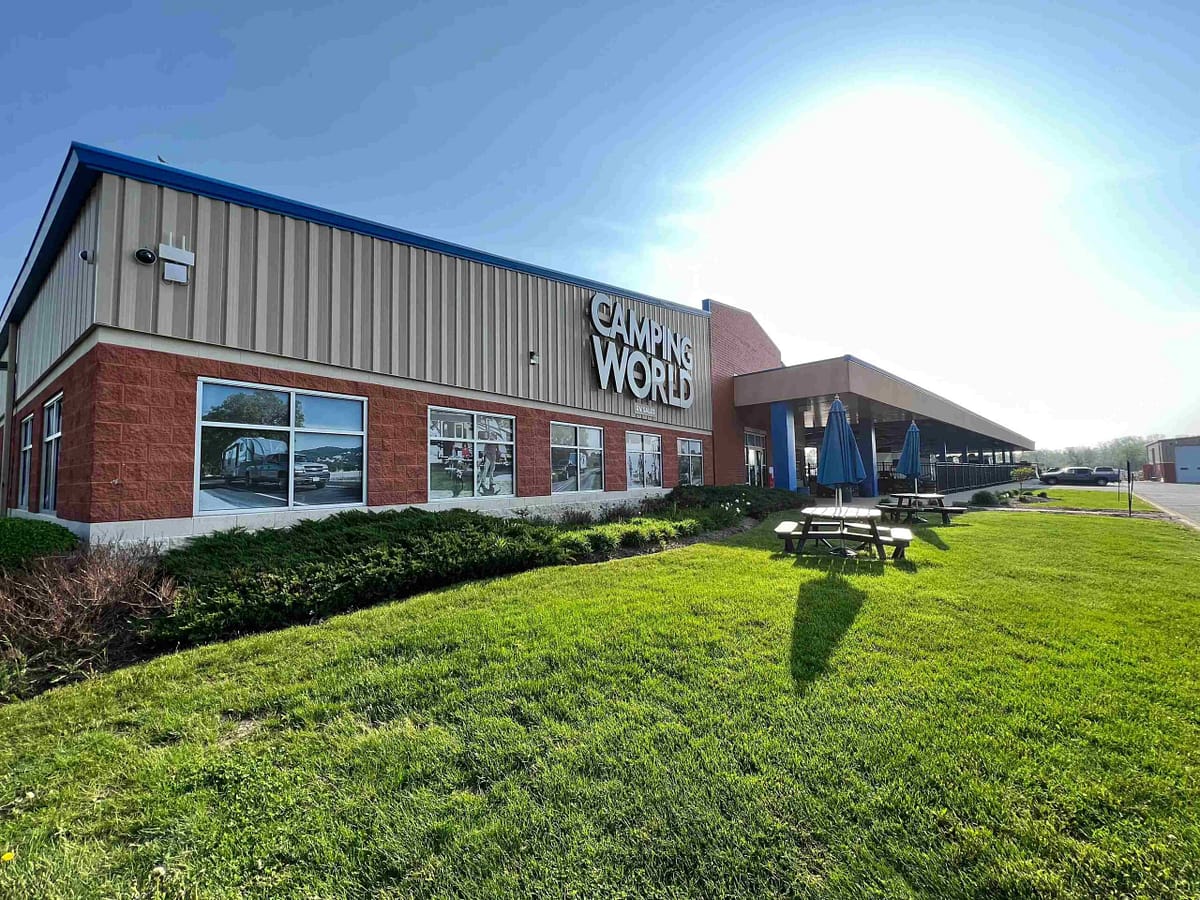How to Choose the Right Finish for Bathroom Cabinets
Justin Leibach
on
September 13, 2025
When it comes to updating your bathroom, few upgrades make as big of an impact as cabinet refinishing. A fresh coat of paint or finish can breathe new life into your space without the expense of a full remodel. But choosing the right finish for bathroom cabinets isn’t just about aesthetics—it’s about durability, moisture resistance, and long-term value.
In this guide, we’ll break down everything you need to know to make the right choice.
Why Cabinet Finish Matters in a Bathroom
Bathroom cabinets endure a lot—humidity, splashes, frequent cleaning, and constant use. A standard interior paint or finish won’t stand up to the wear and tear of daily bathroom life. That’s why choosing the right finish is critical.
Key considerations include:
- Moisture resistance: Prevents warping, bubbling, and peeling.
- Ease of cleaning: Smooth finishes are easier to wipe down.
- Durability: Prevents scratches, chips, and premature aging.
What Are the Best Finishes for Bathroom Cabinets?
Here are the most common finish types, along with pros and cons based on our years of cabinet refinishing experience in McHenry:
1. Semi-Gloss Finish
Best for: Moisture-rich environments
Pros:
- Highly moisture-resistant
- Easy to clean and maintain
- Reflects light, brightening small bathrooms
Cons:
- May highlight surface imperfections
Expert tip: Semi-gloss is one of the most popular choices for bathroom cabinets due to its durability and aesthetic appeal.
2. Satin Finish
Best for: Balanced look with moderate sheen
Pros:
- Smooth and modern look
- Slight sheen adds elegance without glare
- Reasonably moisture-resistant
Cons:
- Less durable than semi-gloss
- Can show water spots if not cleaned regularly
3. High-Gloss Finish
Best for: Contemporary or modern designs
Pros:
- Extremely easy to clean
- Provides a glass-like sheen
Cons:
- Highlights every imperfection
- Not ideal for rustic or traditional bathrooms
4. Matte or Flat Finish
Best for: Low-traffic bathrooms or accent cabinetry
Pros:
- Offers a soft, modern appearance
- Hides imperfections well
Cons:
- Not water-resistant
- Difficult to clean
- Easily stained or scratched
Recommendation: For high-use bathrooms, matte finishes are not typically recommended for cabinets. Reserve matte finishes for walls instead.
Choosing the Right Finish: Questions to Ask
Before deciding on a finish, consider the following:
- Is the bathroom heavily used (e.g., kids or guest bathroom)?
- What is the existing cabinet material?
- Is your bathroom well-ventilated?
- Do you prefer a bold, shiny look or a soft, muted feel?
Our professional cabinet painting team in McHenry, IL, can evaluate your space and recommend the best finish for both function and design.
Paint vs. Stain: Which Is Better for Bathroom Cabinets?
- Painted finishes are more customizable and trendy, offering a smooth, contemporary look.
- Stained finishes show the wood grain and provide a more traditional aesthetic.
Pro Insight: For bathroom cabinets, painted finishes (especially with a semi-gloss or satin sheen) tend to be more water-resistant and longer lasting than stains.
Why Professional Cabinet Refinishing Matters
While DIY might be tempting, professional cabinet refinishing ensures proper surface prep, finish selection, and application. Our experienced team at Allegiant Painting uses high-quality primers, moisture-resistant paints, and precision techniques to deliver long-lasting results that withstand the challenges of a bathroom environment.
Common Questions About Bathroom Cabinet Finishes
What is the most durable finish for bathroom cabinets?
A semi-gloss finish is considered the most durable and moisture-resistant for bathroom cabinets.
Can I use matte paint on bathroom cabinets?
While possible, matte finishes are not ideal due to poor moisture resistance and difficult cleaning.
Is satin or semi-gloss better for bathroom cabinets?
Semi-gloss offers superior moisture resistance and durability, while satin provides a softer look with moderate protection.
Trust Allegiant Painting for Cabinet Refinishing in McHenry, IL
At Allegiant Painting, we bring experience, expertise, and craftsmanship to every cabinet painting project. Whether you’re updating a powder room or remodeling your master bath, we help you choose the right finish to match your lifestyle and design goals.
Ready to refinish your bathroom cabinets?
📍 Serving McHenry, IL and surrounding areas
📞 Contact us today for a free estimate!
Final Thoughts
The right cabinet finish does more than improve looks—it adds protection, function, and value to your bathroom. Whether you want a glossy, modern update or a timeless satin touch, cabinet refinishing is a smart, cost-effective way to elevate your space.
Let the local pros at Allegiant Painting help you choose a finish that lasts.

